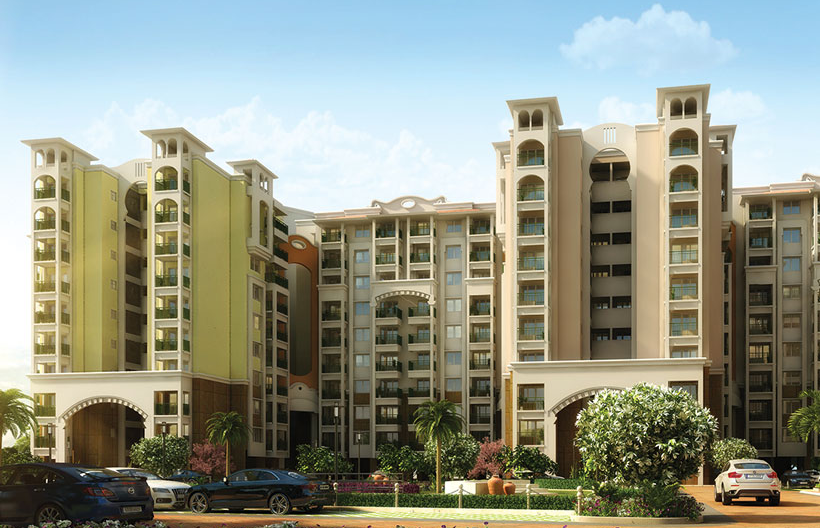
To bridge the gap between the demand and supply for the housing units, the government of India has taken several measures to promote and build affordable housing units. Read on to know more about the various government initiatives for affordable housing.
To keep pace with the increasing demand for new housing units in India, the Indian government has taken several measures to build new homes and provide shelter for every citizen. Most of the initiatives are aimed at helping the economically weaker section of the society. The government, under the Pradhan Mantri Awas Yojana, plans to build affordable housing for all by 2022 and also provide financial assistance through subsidy on home loan interest rate to help first-time homebuyers make their dream come true. In line with its ambitious mission, the government has started constructing new homes in several cities across India. Let us look at some of the popular government initiatives for affordable housing.
PMAY
The Pradhan Mantri Awas Yojana or the PMAY, over the past few years, have gained immense popularity. It is one of the biggest housing schemes announced in India in its post-Independence history. The initiative, which was launched in June 2015 aims to build new houses for the homeless in the country. While the central government is offering assistance to all the states and the union territories, under the PMAY scheme, it will also provide a subsidy on the home loan interest for those seeking financial assistance from financial institutions for buying a home. Under the credit linked subsidy scheme, the government will provide an interest subsidy up to 3% for a home loan up to 12 lakhs INR, upto 4% for home loans upto 9 lakhs INR and a subsidy of up to 6.5% for a maximum home loan of 6 lakhs.
Pradhan Mantri GraminAwaas Yojana
Initially known as the Indira Awas Yojana, the main objective of the scheme is to provide a pucca house with all the basic amenities to the homeless people. Under the scheme, the government aims to build about one crore homes of 25 sqm by 2022. To achieve the mission, the government has assured financial assistance and share the cost of construction with the state governments in the ratio of 60:40 (for plain areas) and 90:10 (in the hilly regions and the North East). The housing units are meant for the economically weaker section of the society like the manual scavengers, the tribal groups, people living on alms, destitute, and the bonded labours. As per the government records, nearly 30 lakh homes are already built as against the target one crore.
Rajiv Awas Yojana
The Rajiv Awas Yojana was launched in 2009 with a mission to make India a slum-free country. It also encourages all the state governments to bring the illegal constructions under a formal system. To increase the number of affordable housing units to be built, the centre government approved the Affordable Housing in Partnership scheme, which will be part of the Rajiv Awas Yojana. As per the government records, until June 2019 about 1400 crore Rupees have been spent, and nearly 46,000 new houses have been developed under the scheme.
Apart from the various affordable housing initiatives, many state governments have affordable housing schemes. The government of Tamil Nadu launched the TNHB (Tamil Nadu Housing Board Scheme) in 1961. It is a full-fledged organisation that caters to the housing needs of people from different income groups. In Maharashtra, the state government has the MHADA (Maharashtra Housing and Area Development Authority), which is an institution that launches a lottery-based housing scheme every year. Under the scheme, affordable homes are allotted to the buyers from different income groups based on the lottery results.
Thus, the government of India is taking several measures to provide housing units for all under its various affordable housing schemes.
